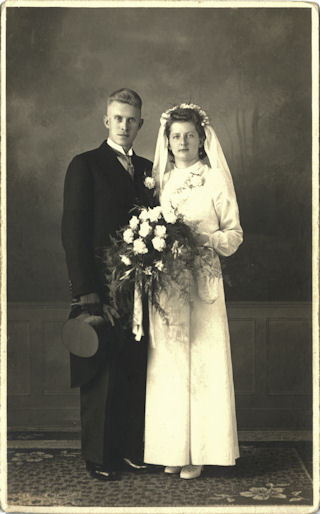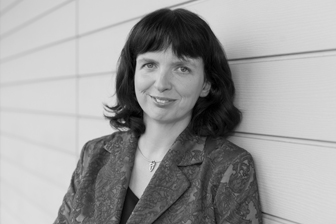
Wedding picture of Henk Hoitink and Mien Woordes

Wedding picture of Henk Hoitink and Mien Woordes
Yvette Hoitink, CG®, QG™ is a professional genealogist in the Netherlands. She holds the Certified Genealogist credential from the Board for Certification of Genealogists and has a post-graduate diploma in Family and Local History from the University of Dundee. She has been doing genealogy for over 30 years and helps people from across the world find their ancestors in the Netherlands. Read about Yvette's professional genealogy services.

Yvette Hoitink, CG®, QG™ is a professional genealogist in the Netherlands who helps people find their Dutch ancestors. She is certified by the Board for Certification of Genealogists and has a post-graduate diploma in Family and Local History from the University of Dundee.
Do you need a genealogist in the Netherlands to help you with your research?
Please read what Yvette can do for you.
Sign up to receive weekly email updates with news about Dutch Genealogy!
This Dutch Genealogy webinar gives you a great introduction to researching your Dutch ancestors. Requires a Legacy FamilyTreeWebinar subscription to watch. [Affiliate link]
In fact, as I understand it, a woman’s surname does not legally change upon marriage, which might explain why one finds the maiden name in all sorts of records. In fact, yesterday I even found a marriage registration that included not only the bride’s parents full names (including maiden names), but all four of her grandparents as well.
This makes Dutch genealogy much much easier than cultures in which the woman takes on the husband’s surname at marriage. Even worse is the tradition of referring to the woman by her husband’s full name (e.g. “Mrs. John Smith”). Not only is that inherently sexist, it makes identifying the female line terribly difficult. I have lengthy detailed obituaries of female relatives in which they are named only by their husband’s name yet, ironically, give detailed information about everyone else’s names (i.e. full and maiden names of the deceased’s daughters, sisters, mother, etc.).
The only major disparity I’ve noticed in Dutch records is that in birth records, they’ll give the father’s age as of the date of the birth of a child, but not the mother’s.